Hospitality experts tell of imbalance
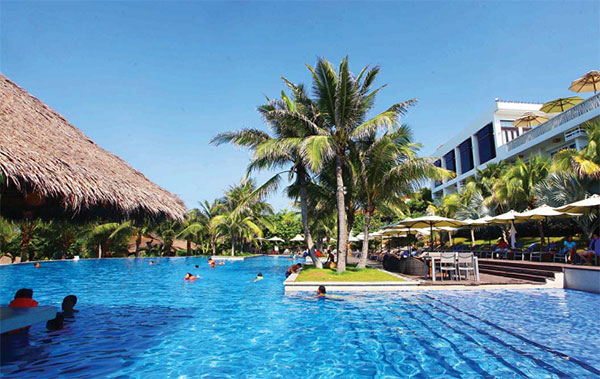 |
| With an uneven quality of new supply, Vietnam’s hospitality market is diverging from global trends Photo: Le Toan |
According to director of Savills Hotels Asia Pacific Mauro Gasparotti, with this imbalance comes a higher risk of a category price war, especially in the case of a demand slowdown.
“Often, developers fail to carefully consider hotel or resort developments’ positioning and appeal; how to add value to the area itself, rather than simply planning high-rise buildings with limited value for the destination besides adding inventory. A more complete development approach will be the only way Vietnam’s hospitality sector will properly evolve with sustainable growth that benefits provinces and communities,” said Gasparotti at the Savills event “Hospitality megatrends and sector evolution analyses” held last week in Ho Chi Minh City.
He further commented that the combination of growing demand from leisure and business guests and a supply shortage has led hotels to run at high occupancy levels, well above budgets set at the start of the year.
“As there will be relatively limited new supply entering in the next few years in Ho Chi Minh City and Hanoi, this should lead developers to consider hotel development with potential for higher yields, and to diversify real estate portfolios,” he added.
Trang Vo, Savills’ senior consultancy manager, noted that developers are now in need of a longer-term, broader vision when planning a new product.
“They should understand how global trends and changes in consumer behaviour will affect hospitality products over the medium and long terms rather than maximising only short-term returns,” Vo said.
Apart from that, Vietnam also lacks product variety compared to more mature tourist destinations like Thailand and Bali.
“Wellness resorts, spa destination resorts, senior living communities, ‘poshtels’ and co-working hubs, design and art boutique resorts, high-tech hotels, and selected services hotels are examples of products not [present] in the local market but with a strongly growing global demand,” commented Morris Sim, chief marketing officer from Next Story Group.
Sim explained how the collaborative economy has made sharing resources commonplace, and that the monetisation of sharing is now acceptable to consumers.
“Additionally, generations Y and Z have new demands for working, living, playing, and learning,” Sim added.
Sim presented market research the Next Story Group conducted across the Asia-Pacific region that shows how hotels should evolve to remain competitive.
 |
In response to these trends, Next Story Group has launched Kafnu, which will open in Ho Chi Minh City in 2018. Kafnu works through creating a physical social network within a real estate asset to connect it to the collaborative economy. By connecting real estate with local and transient consumers, and pricing via a membership model rather than by use, Kafnu says it is reimagining urban spaces for the next generation.
Global hospitality has experienced strong global growth in 2017, with a remarkable 6.6 per cent increase in the first eight months of the year.
Sector growth is expected to continue as cheaper flights, improving travel technologies, relaxed visa policies, diminishing language barriers, and ever-increasing traveller appetites for discovering new countries and destinations maintain their steady rise, experts say.
Meanwhile, Vietnam’s inbound rates continue to surge with a remarkable 28.1 per cent year-on-year growth.
Expectations are that this will continue with global travel rates increasing, and proximity to growing source markets such as China and South Korea.
Asia’s emerging markets, where traveller annual growth rates from 2016-2021 are forecast at 7.6 per cent, will further boost the local market. New direct international routes and easier access from other countries will be necessary to take best advantage and ensure Vietnam stays competitive with other Southeast Asian destination countries.
Hotel and resort performance this year has been strong, especially in Hanoi and Ho Chi Minh City, where occupancy growth has been outstanding with levels averaging 81 and 73 per cent, respectively.
Danang and Nha Trang saw large increases in arrivals which improved year-on-year occupancies, and despite more new openings this year, a slight increase in average room rates.
Experts at the recent international seminar “Global hotels and resorts 2017”, held in Ho Chi Minh City, also commented that in Southeast Asia, Vietnam has a strong geographical location, where half of the land is surrounded by coast and most of the region by tropical habitat.
“Vietnam, as a tourist destination, is supported by strong market fundamentals – rich cultural offerings, diversity of destinations, relative safety and security, increasing international and domestic tourism demand, strong investment potential, and its geographical location,” the event statement read.
Hotel regions are separated into the three main areas of Vietnam: the north, the central and highlands region, and the south.
In the north, the hotel participants are located in Hanoi, Sapa, and Quang Ninh. In the central and highlands region, the hotels are located in cities such as Danang, Hoi An, Hue, Quang Binh, Nha Trang, Phan Thiet, Daklak, and Dalat.
Hotel participants from the south are mainly located in Ho Chi Minh City, Phu Quoc, Vung Tau, and the Mekong Delta.
What the stars mean:
★ Poor ★ ★ Promising ★★★ Good ★★★★ Very good ★★★★★ Exceptional
Latest News
More News
- Apartment hikes hint at speculation return (April 09, 2024 | 10:14)
- Infrastructure focus sets stage for real estate bonanza (April 03, 2024 | 10:14)
- Nam Long Group maintains top ten position in real estate investment ranking (April 03, 2024 | 08:00)
- Hospitality and real estate sectors strive for sustainable growth (March 29, 2024 | 16:12)
- Gamuda Land starts construction of Eaton Park (March 28, 2024 | 16:40)
- New land law could entice Viet Kieu home (March 27, 2024 | 18:00)
- Binh Duong to capitalise on rising real estate interest (March 27, 2024 | 15:41)
- SPX inks agreement with Frasers Property (March 26, 2024 | 12:33)
- Developers hunt for land availability (March 20, 2024 | 10:06)
- Social housing needed to boost capital in real estate (March 19, 2024 | 10:38)



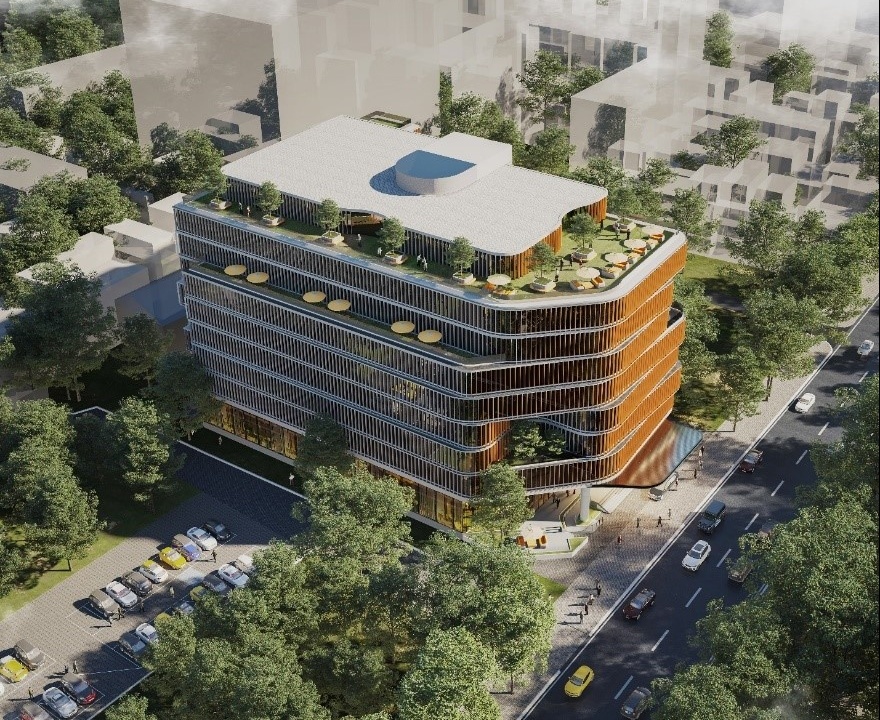

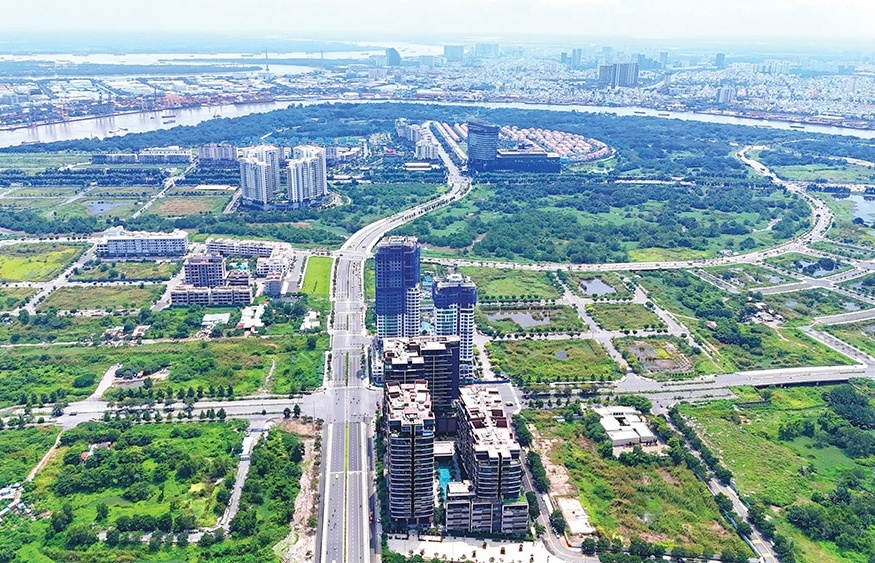
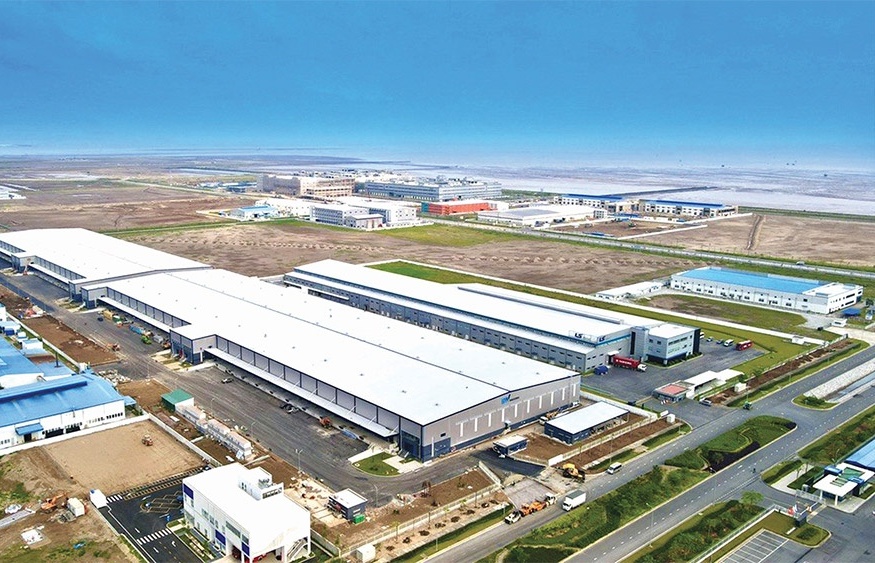
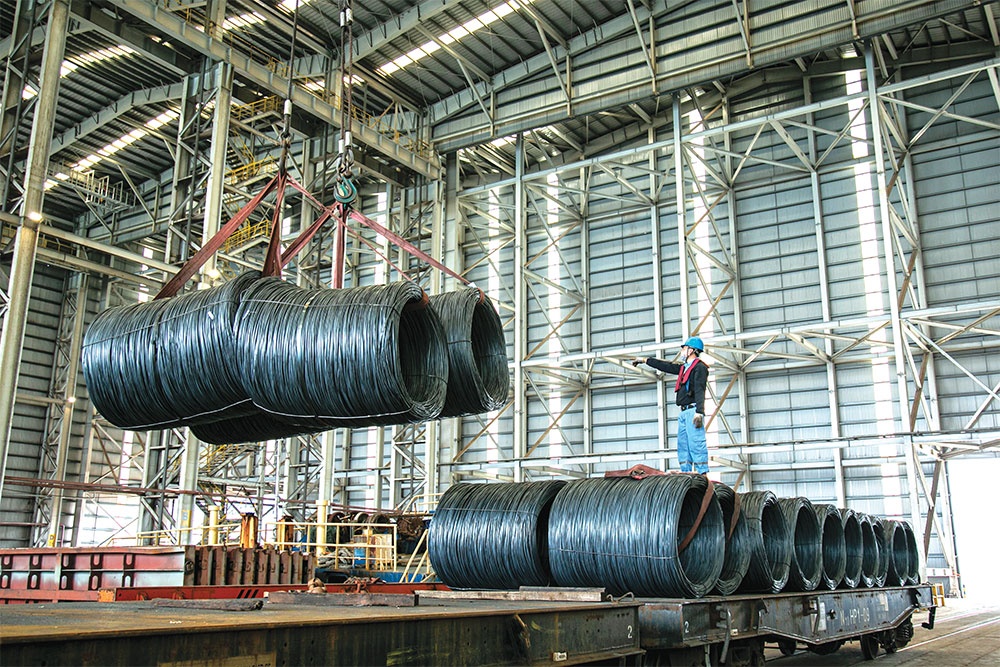
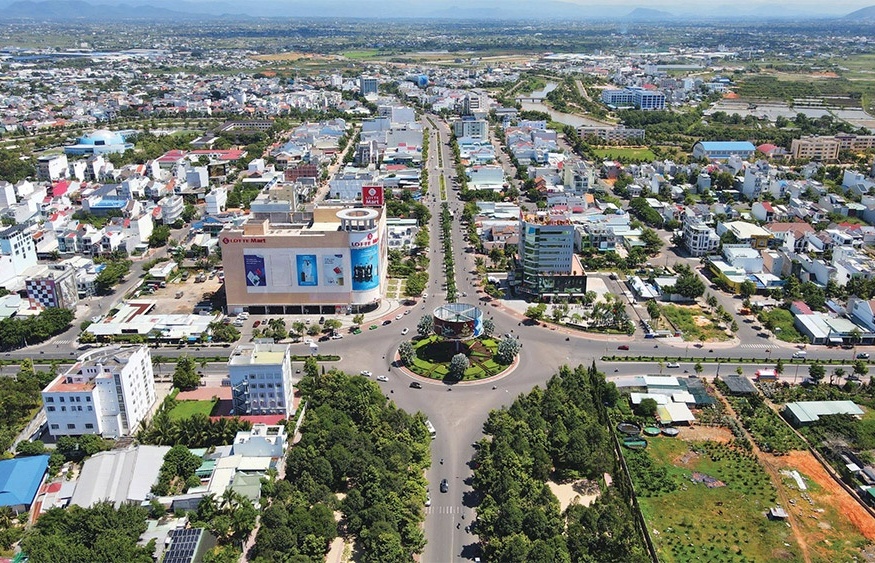








 Mobile Version
Mobile Version